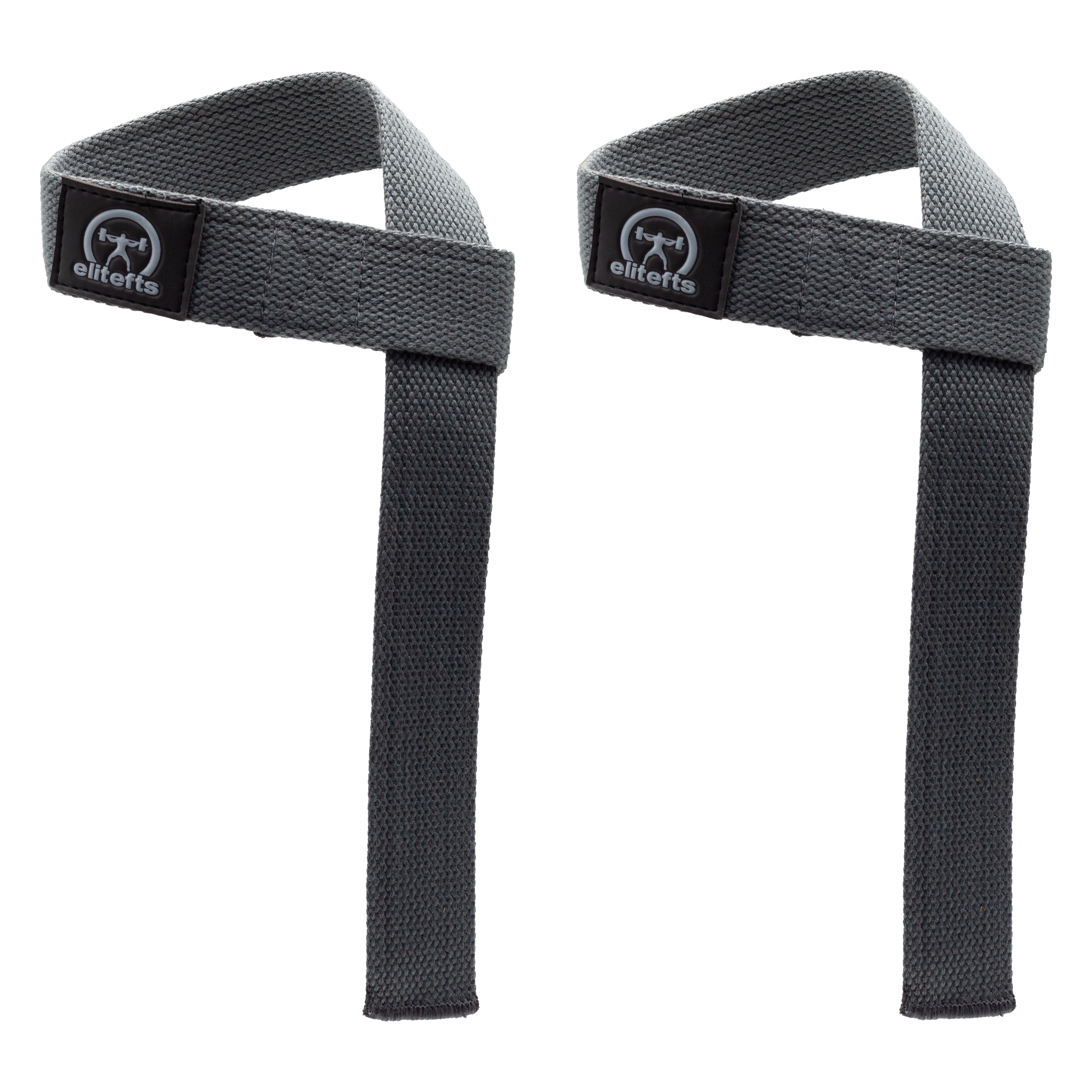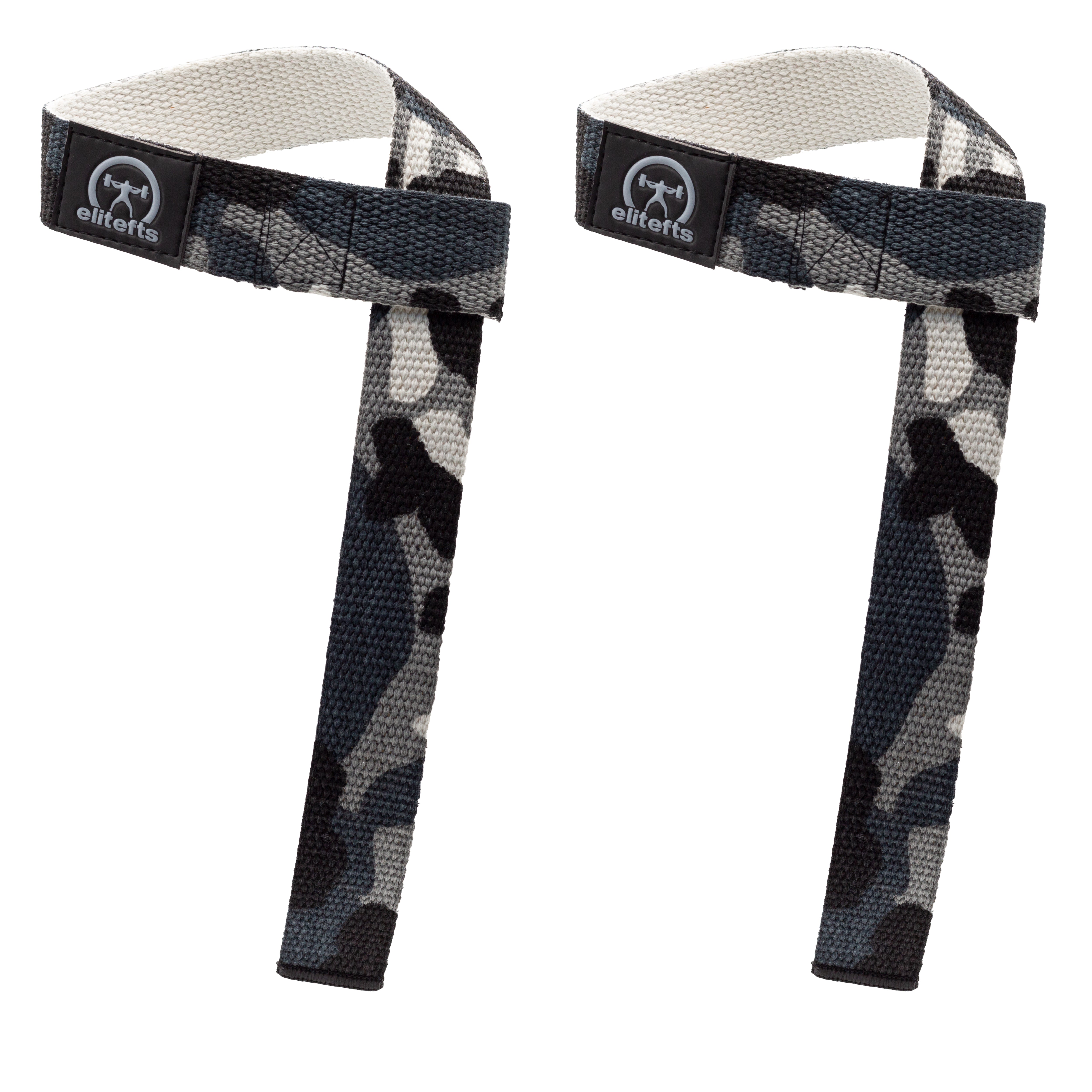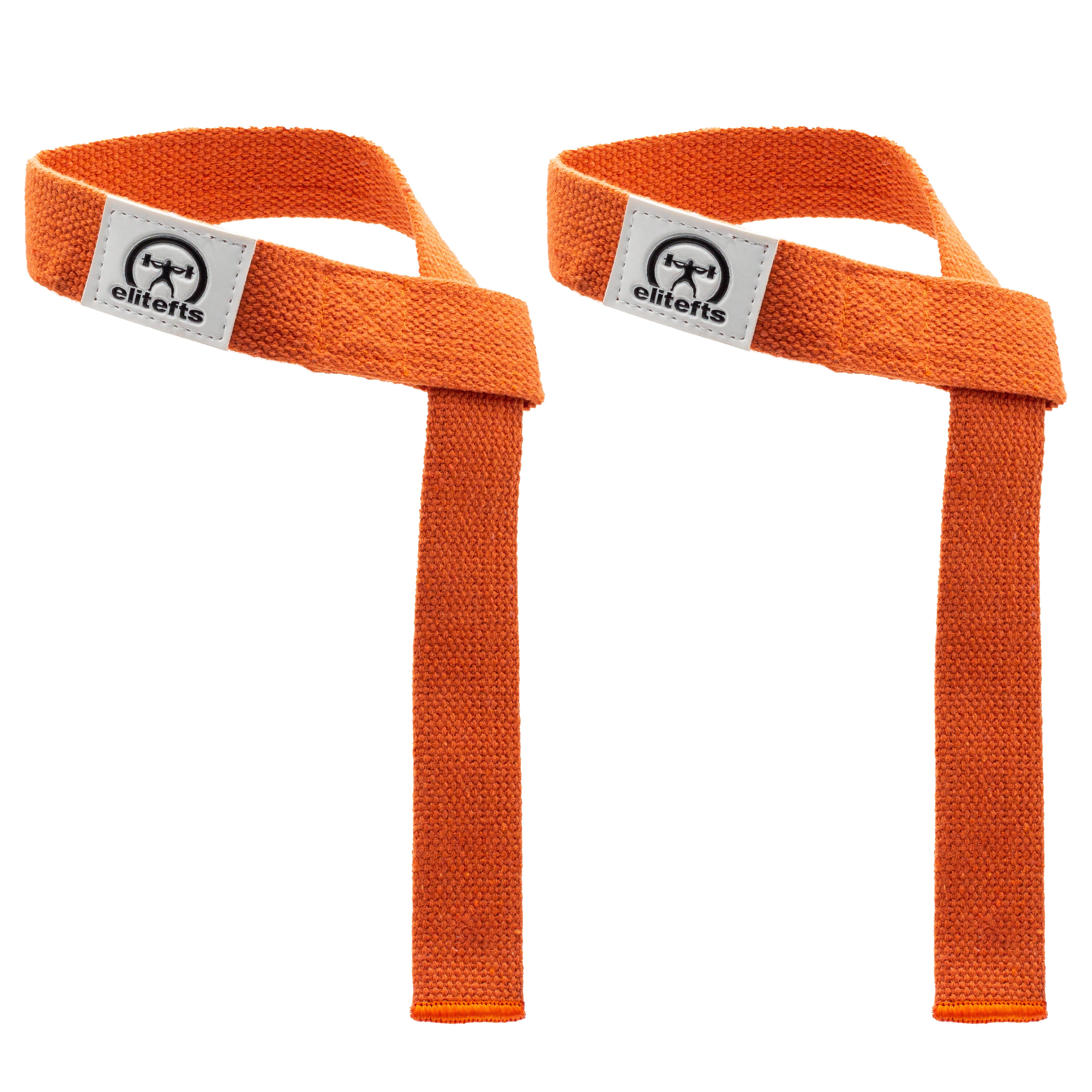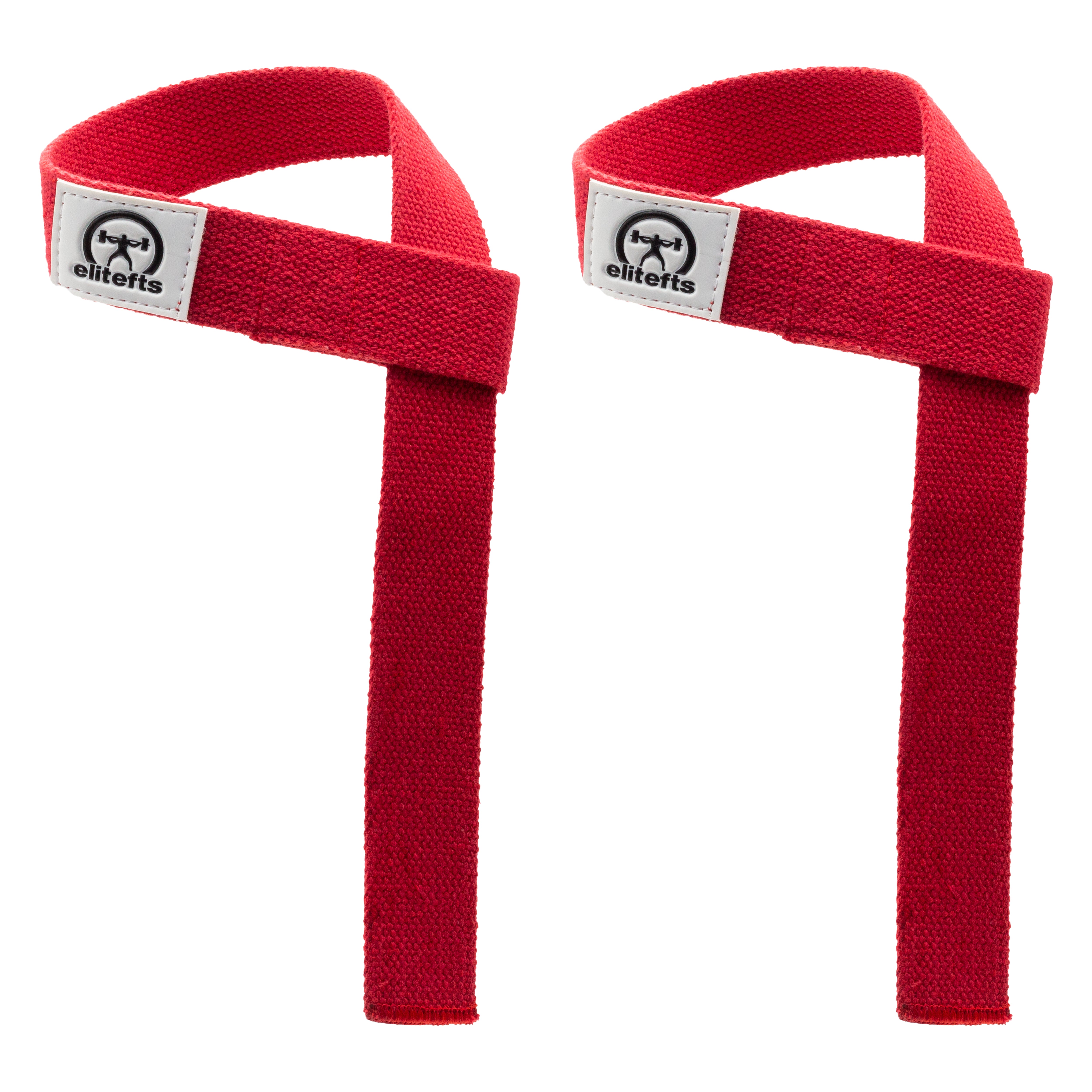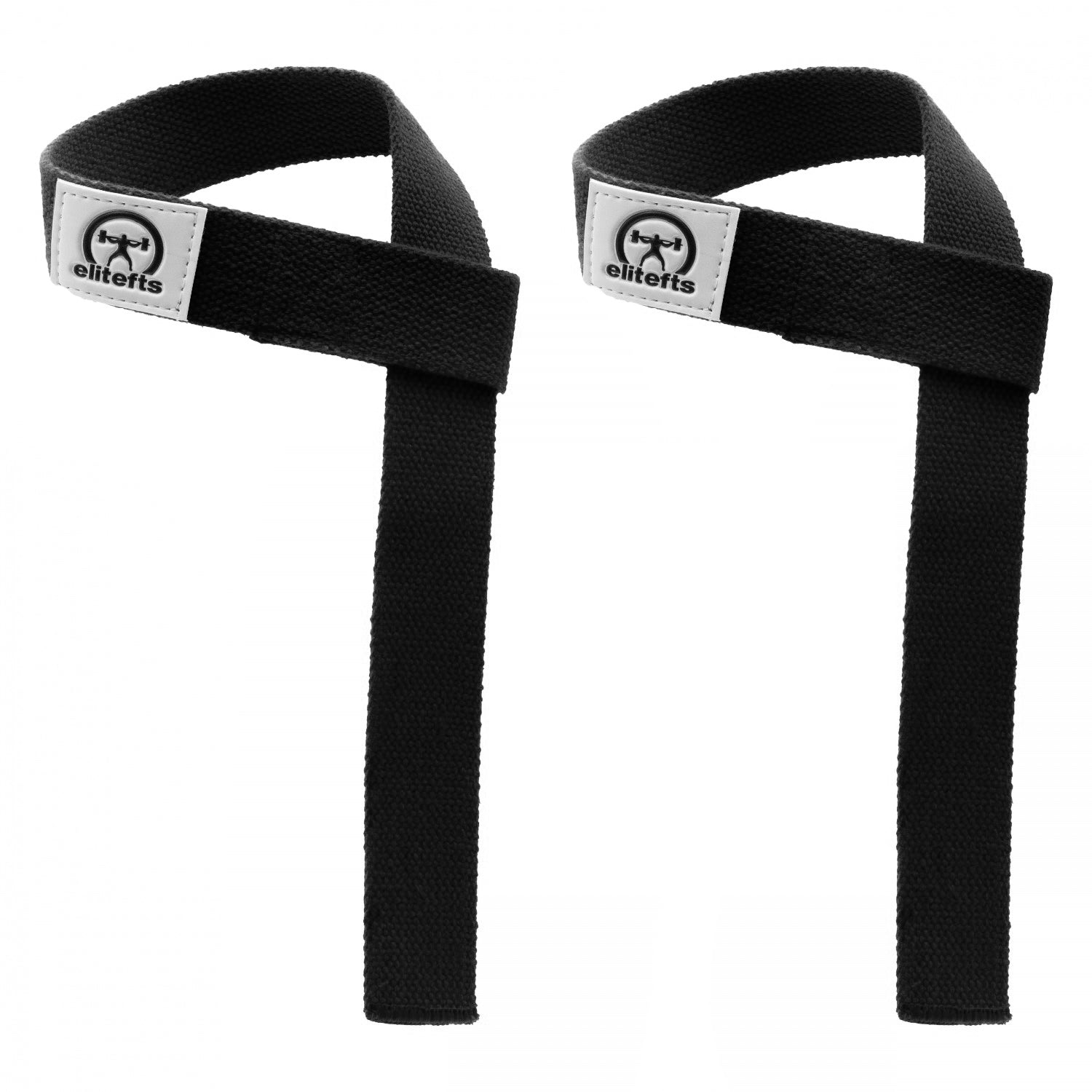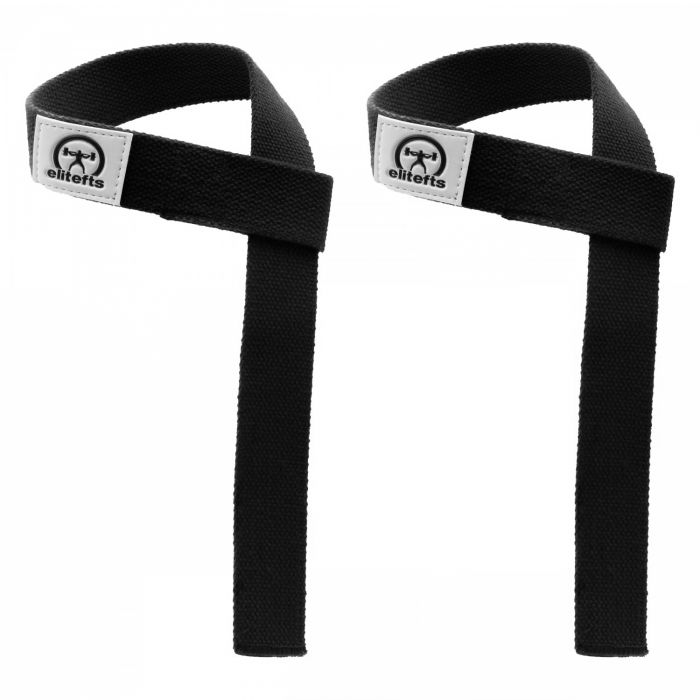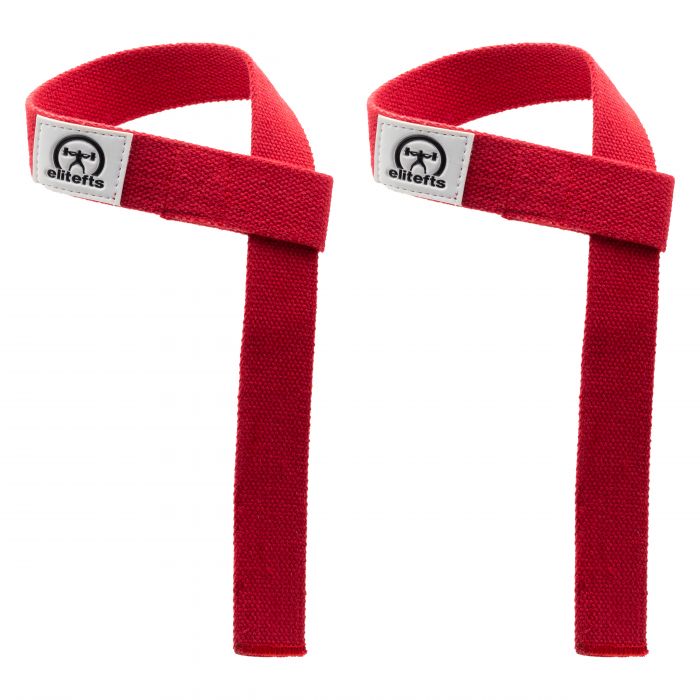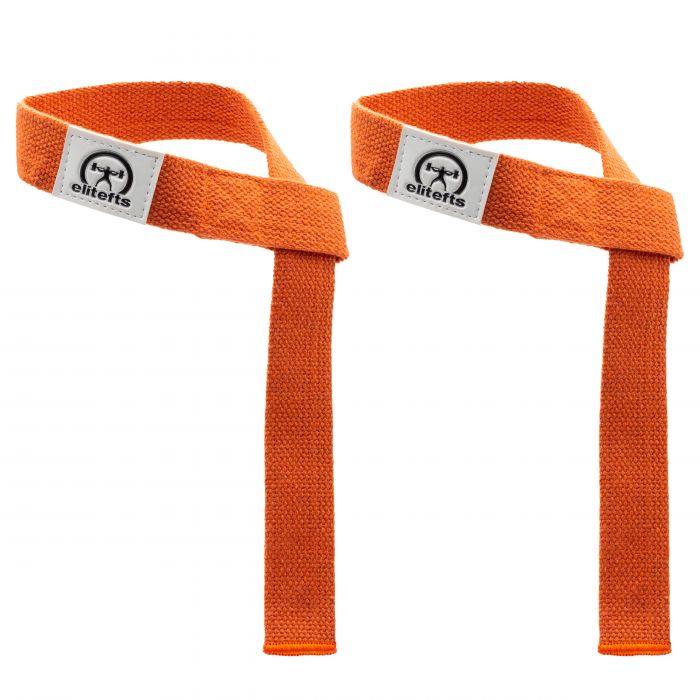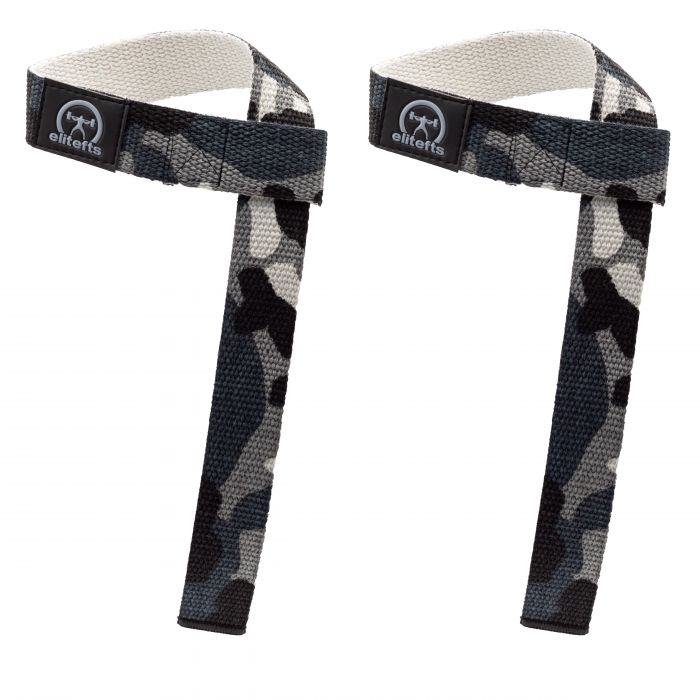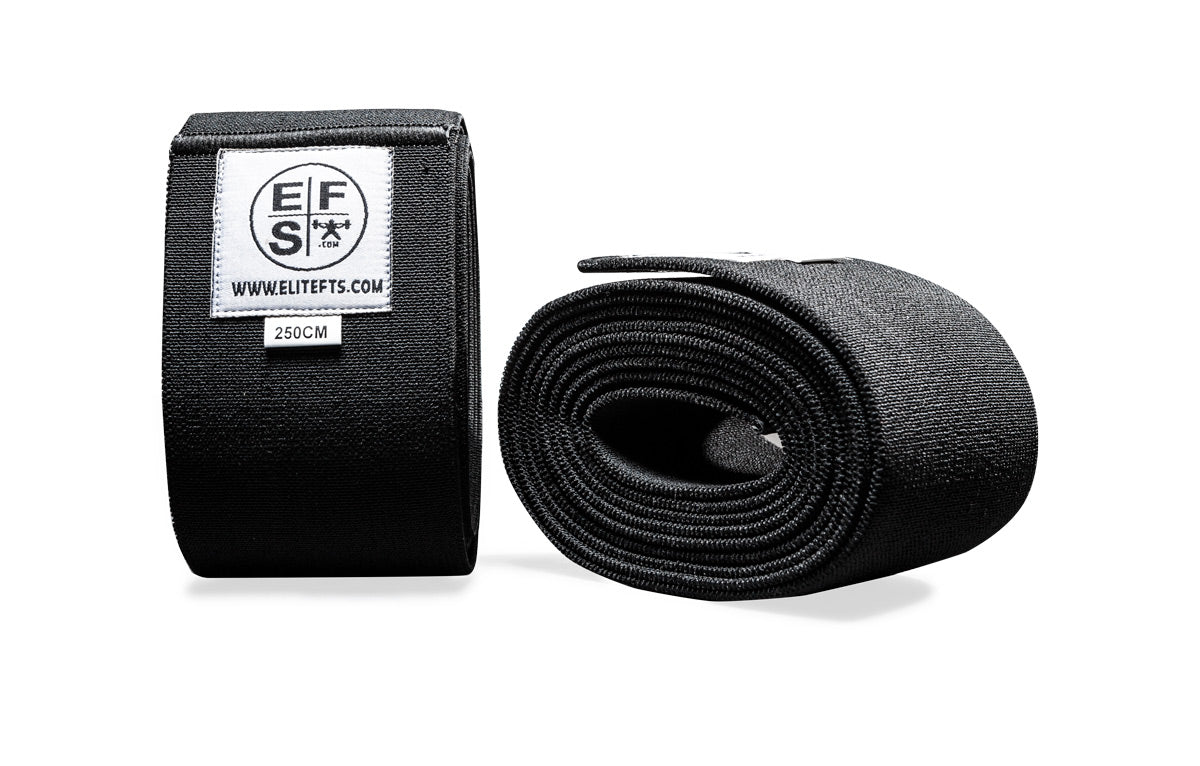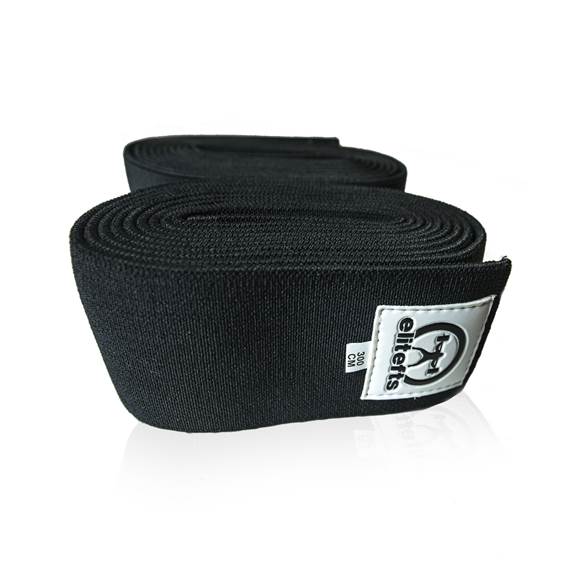Think about your wife: if I asked you to find the person in the world who was most like her, would you start by interviewing every woman in your city — or would you start with her sister?
As Mike Michalowicz wrote in "The Pumpkin Plan," our next clients should come from our current BEST clients. We should groom them, duplicate them and forget the rest. If you haven't read the book, you can
listen to Mike's synopsis on my podcast here, and then buy the book later. I teach mentoring clients to flip the funnel; to start by identifying their "seed clients," increasing their value, and then working outward. I call this "Affinity Marketing" and it's covered in great depth in my third book, "Help First."
Here's how it works:
Picture your marketing plan as a bulls-eye. Start from the center of the target, your BEST clients.
To determine your best clients, make two lists, On the first list, record your top ten clients by the amount they pay you. This is the "money" list. On the second list, record your top ten clients by how happy they make you. This is the "joy" list. Now compare the "money" and "joy" lists side-by-side. Which names appear on both? These are your seed clients, according to Michalowicz.
RELATED: Selling Out for Profits
Next, we want to hear—in THEIR words—why they're using your gym or coaching service. Set up interviews with each seed client individually. Ask them:
- "What do you like most about my gym?"
- "What frustrates you most about the fitness industry in general?"
- "What's your biggest source of stress outside the gym?"
- What our most prominent marketing message should be.
- What we should avoid doing in the gym, or fix.
- Other opportunities to help our clients and increase revenue.

Our next step is to increase the value of our seed clients. Let's say, during your interview, a seed client says, "Chris, when I leave the gym, it's 6 PM. My kids have to get to baseball practice before 7. Dinner isn't made yet. So most of the time I go through a drive-thru to pick up dinner. I know it's probably canceling out the work I do in the gym, but it's the only way I can get here every day."
What if your gym had a nutrition program or partnership with a food-delivery service? What if you sold ready-made meals, or organized client meal-swaps on the weekends? What if you partnered with a local grocery store to set up curbside pickup? Meijer does it for free already. What are those services worth to the client?
After you increase the value of your seed clients, you can start to expand your clientele. Who has the highest affinity to your client? In other words, who does your client influence most? Probably their family. Does the client's wife train at the gym? His kids? His sister?
No one is more likely to take the client's recommendation than the people he lives with. Start there.
RELATED: The Three Best and Worst Parts of Owning a Gym
The next ring in the bulls-eye is the client's coworkers. Imagine the client says, "Chris, my workplace is a complete cluster. I'm the only one who gets anything done, and everyone is stressed all the time. Frankly, the gym is my mental break from the pressure-cooker I have at work every day."
This is very common. Hell, most of us opened gyms to escape that same scenario. The client's crisis presents an opportunity: "Steve, I understand your workplace is nuts. I think I can help. To show our appreciation for you being such a great client, what if I hosted a team-building night at the gym next Friday? We'll do some little challenges, let people flip the big tire, and then have a beer together. Do you think that would help the group come together at work more?"
Next we move out to the "recreational ring," the people with whom the client has a hobby in common, or sees on weekends at church, or meets on the golf course. Who are they, and what will your service do to help them? Can your gym improve a golfer's game? Of course it can. Invite the client's golfing friends in for a free demo.
Finally, we reach the "Avatar" stage, where we try to find people like your client in our local market. This is the ring of lowest affinity and much less clarity. Until recently, advertising has been a lot like this:
We're sitting in the stands at a sold-out football stadium. I hand you a picture: it's a lady's face. Then I say, "Go find me a person who looks most like this picture. Ask her for a date."
No wonder returns on ads are bad (and getting worse all the time.)
Social media has improved our chances, because we can sort people much more quickly. Using tools like the Facebook audience and conversion pixels, we can quickly eliminate non-candidates and gradually narrow our focus. It's like holding a bullhorn and saying, "All the blonde women can leave the stadium now." You still have to communicate with everyone before you can find the right people; you still have to waste a lot of time, and the people you eventually find might not want to date you.
Conversely, if we start with the people most likely to enjoy your service, pay what you're worth, and not cause problems with your other members, why not start with our current best?























































